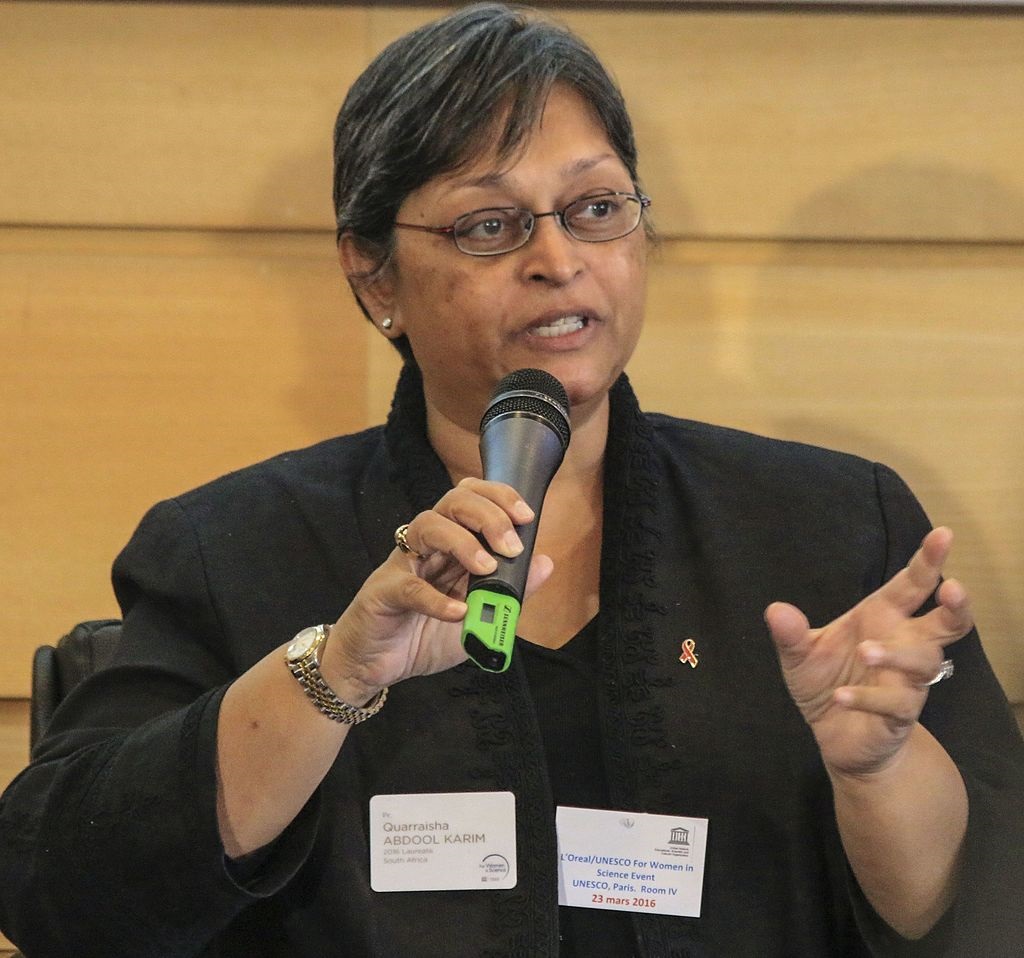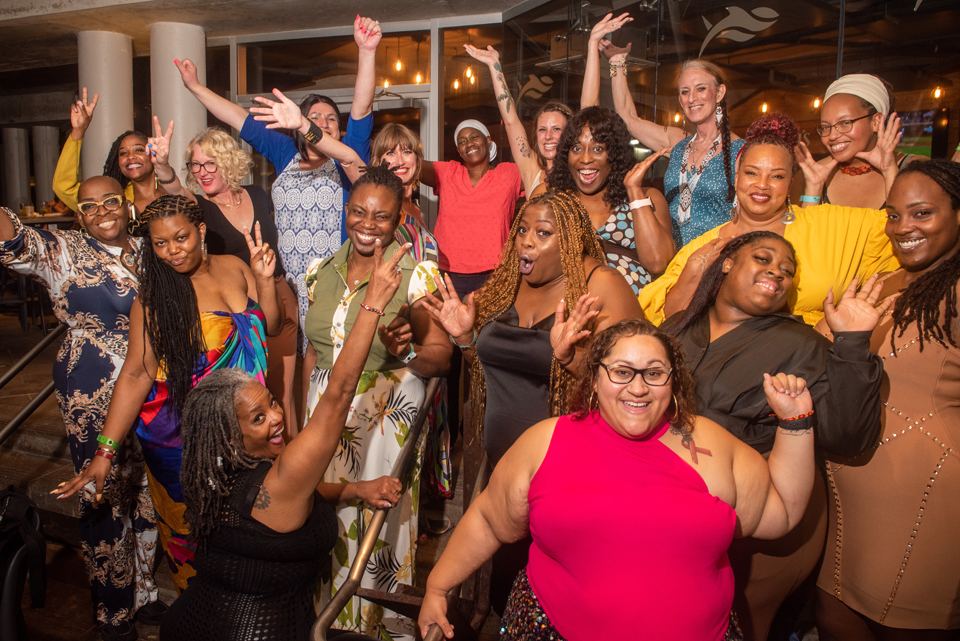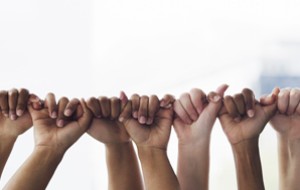Krista Martel, Executive Director, The Well Project
Photo courtesy Natural Sciences and Wikimedia Commons
While at IAS 2017, I had the pleasure of interviewing Quarraisha Abdool Karim, Ph.D., epidemiologist and associate scientific director for CAPRISA – the Centre for the AIDS Programme of Research in South Africa.
The numbers in South Africa are sobering. While fewer than 1 percent of the world's population lives in South Africa, approximately 19 percent of people living with HIV in the entire world are in South Africa. "We still continue to see large numbers of infections taking place every day, even though we have a large number of people on treatment and preventing sexual transmission remains a challenge," said Dr. Quarraisha Abdool Karim. The impact on women and girls is especially devastating. CAPRISA conducted one of the first population based surveys of HIV and the findings were illuminating. Up until the age of 14, the rates of HIV are equal among boys and girls, but once they reach 15-19, the rates diverge significantly. While HIV remains rare among boys in that age range, it hits its peak among girls, with 90 percent of new HIV cases in women occurring while they are between the ages of 15-19.
This raises the question, how are these girls acquiring HIV? It turns out that girls 15-19 are having sex with men who are more than five years older than they are. HIV rates begin to spike among men ages 25-40, who themselves acquire infection from women under 24, as well as from their peers -- women age 25-35 (who previously acquired it from older men).
Many of the challenges in fighting the epidemic among girls and women in South Africa are similar to those experienced in other parts of the globe, but are more pronounced, because HIV is so prevalent. Most prevention approaches to date have required male participation – from wearing condoms to male circumcision. And the disparities in gender-related power make condom negotiations very challenging. Gender-based violence also plays a role in perpetuating the disparities in HIV acquisition as well as women's ability to protect themselves. These are big battles! And while they need to be fought and addressed, women and girls in South Africa also need prevention options now.
CAPRISA is a major institution involved in many areas of important research, yet focuses especially on prevention options that women can access and control, especially approaches that don't require the participation or involvement of their male partners. Most notably, CAPRISA researchers led the first large clinical trial (CAPRISA 004) that showed the efficacy of tenofovir gel, applied vaginally, in protecting women from HIV acquisition. That trial also made clear that the gel was only effective if it was used consistently and correctly, and that, for many women, this was not possible. When asked about the future role of vaginal gel and other forms of PrEP for women, Professor Karim expressed the need for a multitude of tools, because one-size might not fit all. "As we experienced with contraceptives, something that you take every day is not for everyone and that's why we have a diversity of contraceptives. In the same way, with prevention technologies, while we continue work on a vaccine and a cure, we and others are also looking at [other options, including] injectables and implants," said Professor Karim. She then discussed the recent findings that were revealed about how the bacteria in the vaginal tract (vaginal microbiome) as well as inflammation in the genital tract can affect the effectiveness of the tenofovir gel.
Professor Karim also described the importance of "human centered design" when it comes to clinical trials. Essentially the idea is to start the whole process by identifying what the people who will ultimately benefit from the treatment or prevention method want. As obvious as that sounds, historically it is not how research has been conducted; instead, researchers have designed studies based on their own hypothesis and assumptions, often leaving community input until the end (if they seek it at all). By ensuring that (in this case) the needs of women and girls are reflected from the beginning in these studies, they are much more likely to ultimately create approaches and treatments that most effectively benefit women and girls.
"As far as women go, there's a lot more we still need to do," said Professor Karim.




